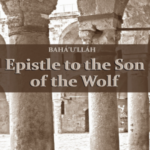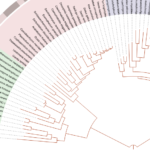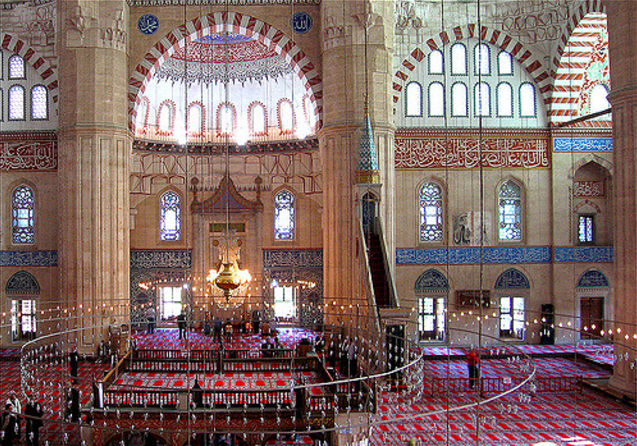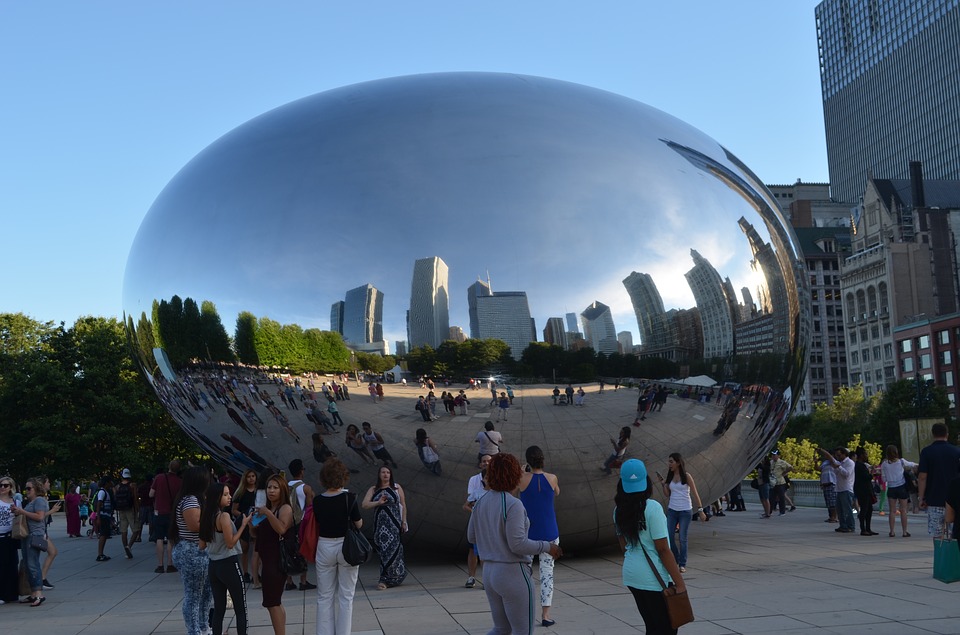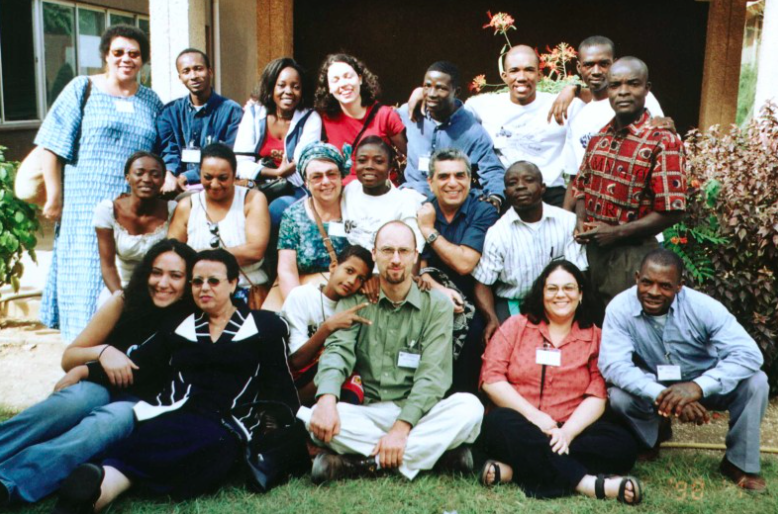
We Are One – Bahá’u’lláh’s Teachings on the Oneness of Humanity
Shoghi Effendi, the great-grandson of Bahá’u’lláh, described the oneness of humanity as the “pivot” of Bahá’u’lláh’s teachings. When Bahá’u’lláh’s son ‘Abdu’l-Bahá travelled to the West in the early twentieth century, he would often begin his talks with the principle of the oneness of humanity as the first of Bahá’u’lláh’s principles. When the English scholar Edward Granville Browne visited Bahá’u’lláh, towards the end of Bahá’u’lláh’s life, the theme of oneness was at the heart of what he took from Bahá’u’lláh’s words.
That all nations should become one in faith and all men as brothers; that the bonds of affection and unity between the sons of men should be strengthened; that diversity of religion should cease, and differences of race be annulled – what harm is there in this? … Yet so it shall be; these fruitless strifes, these ruinous wars shall pass away, and the ‘Most Great Peace’ shall come.[1]
This article can only hope to be a brief introduction to the theme of the oneness of humanity taken up in many ways in Bahá’u’lláh’s writings. A case in point is Bahá’u’lláh’s will and testament. Most of us will write a will to leave physical property to our heirs. Bahá’u’lláh’s purpose was different. His purpose was the fostering of unity among human beings. As he makes clear,
The aim of this Wronged One in sustaining woes and tribulations, in revealing the Holy Verses and in demonstrating proofs hath been naught but to quench the flame of hate and enmity, that the horizon of the hearts of men may be illumined with the light of concord and attain real peace and tranquility.
…
O ye that dwell on earth! The religion of God is for love and unity; make it not the cause of enmity or dissension.[2]
He continues in his will to categorically forbid his followers from engaging in “conflict and contention” – a prohibition he states cannot be annulled. Such thoughts draw on deeper themes of Bahá’u’lláh’s writings. How can we understand the relationship between human beings?
The utterance of God is a lamp, whose light is these words: Ye are the fruits of one tree, and the leaves of one branch. Deal ye one with another with the utmost love and harmony, with friendliness and fellowship. He Who is the Daystar of Truth beareth Me witness! So powerful is the light of unity that it can illuminate the whole earth….
Exert yourselves that ye may attain this transcendent and most sublime station, the station that can ensure the protection and security of all mankind. This goal excelleth every other goal, and this aspiration is the monarch of all aspirations….
Consort with all men, O people of Bahá, in a spirit of friendliness and fellowship.[3]
The poetic beauty, at least for me, for a long time obscured an understanding of the deeper message. What does it mean to describe human beings as “fruits” and “leaves” of a single tree? Human beings have found innumerable ways to divide each other – race, religion, nation, class, creed, gender. Such ways of viewing the world and the lack of care for each other or alienation they can engender are incoherent with a view that frames individual human life within a broader organic whole. ‘Abdu’l-Bahá expands on the theme:
The Blessed Beauty saith: “Ye are all the fruits of one tree, the leaves of one branch.” Thus hath He likened this world of being to a single tree, and all its peoples to the leaves thereof, and the blossoms and fruits. It is needful for the bough to blossom, and leaf and fruit to flourish, and upon the interconnection of all parts of the world-tree, dependeth the flourishing of leaf and blossom, and the sweetness of the fruit.
For this reason must all human beings powerfully sustain one another and seek for everlasting life; and for this reason must the lovers of God in this contingent world become the mercies and the blessings sent forth by that clement King of the seen and unseen realms. Let them purify their sight and behold all humankind as leaves and blossoms and fruits of the tree of being. Let them at all times concern themselves with doing a kindly thing for one of their fellows, offering to someone love, consideration, thoughtful help. Let them see no one as their enemy, or as wishing them ill, but think of all humankind as their friends; regarding the alien as an intimate, the stranger as a companion, staying free of prejudice, drawing no lines.[4]
Another analogy Bahá’u’lláh draws on in explaining the relationship between human beings is that the world is like the human body.[5] Like the analogy of the world-tree, the model is an organic one. The words that we commonly use to frame human relationships such as “society” or “nation” do not convey the same depth of relationship. The oneness of humanity is not merely a beautiful but distant human principle. It is a reality that can be given expression at every level – from the interactions of strangers and friends to the ordering of society as a whole. We may also think of some of the characteristics of organic bodies – for example, their inherent complexity, their capacity for stability and change – as ways of better understanding this concept.
An important implication of an organic concept of humanity is its capacity for organic growth. The past development of an organism does not always enable us to predict its future. For example, until fruit emerges on a tree, nothing in the past of the tree may tell us that it will suddenly transform into a new state. Humanity as a whole has already gone through such profound organic transitions – phase changes. The agricultural and industrial revolutions offer examples. Human unity is not an unrealistic future. It is well within the bounds of human capacity.
This article is the 2nd of what I hope will become 200 articles in the days before the 200th anniversary of the birth of Bahá’u’lláh. The anniversary is being celebrated around the world on 21 and 22 October 2017. The articles are simply my personal reflections on Bahá’u’lláh’s life and work, and any inadequacies in them are solely my responsibility.


